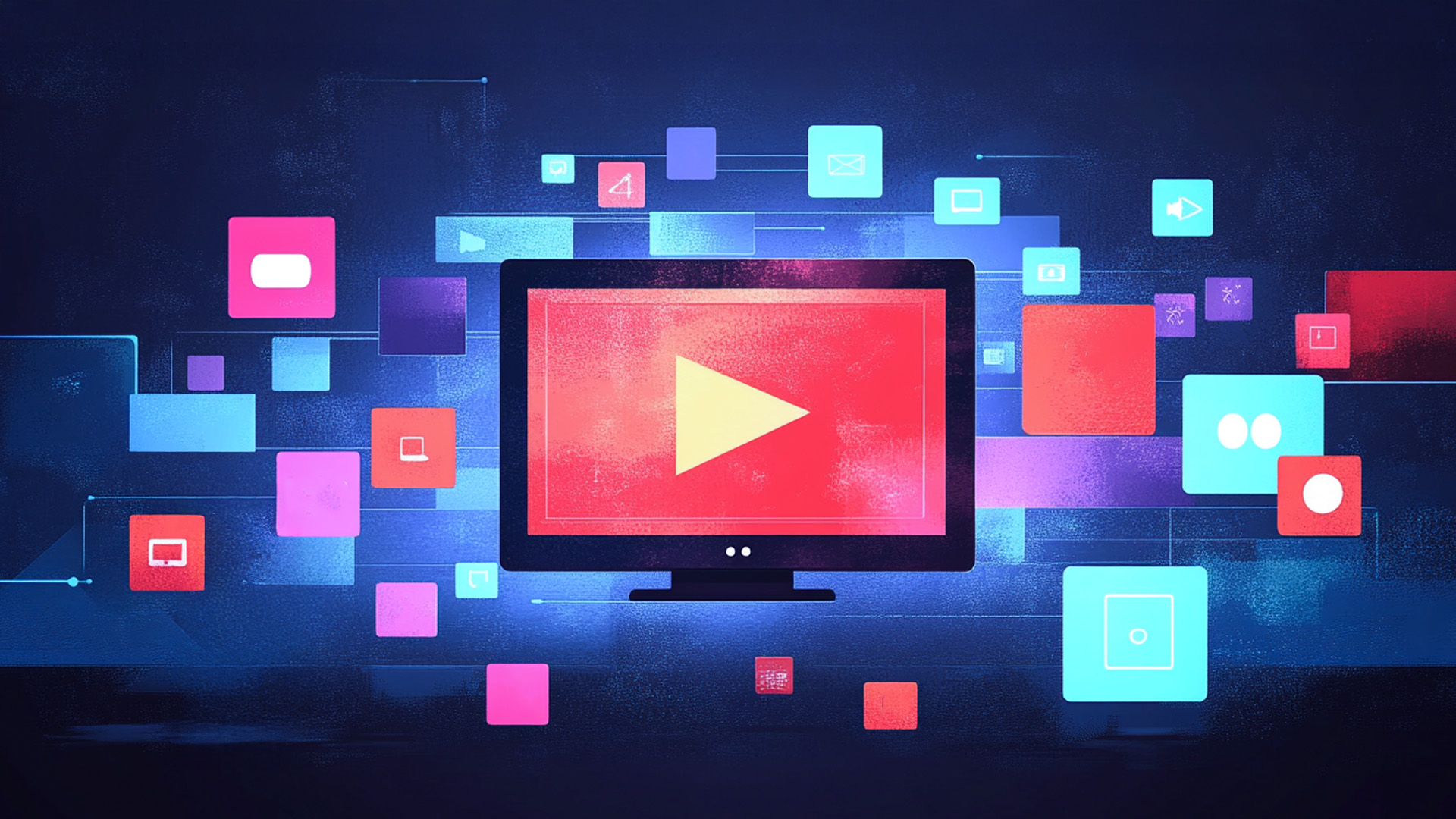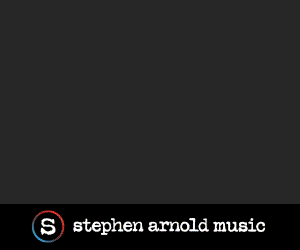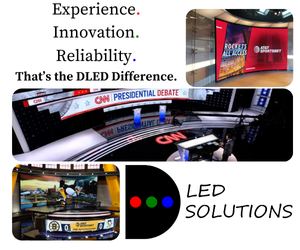FAST channels pivot from growth mode to monetization

Subscribe to NewscastStudio for the latest news, project case studies and product announcements in broadcast technology, creative design and engineering delivered to your inbox.
Free ad-supported streaming television channels are entering a new phase as the industry shifts focus from rapid expansion to solving persistent monetization challenges and improving viewer experiences.
During the 2025 NAB Show, executives highlighted that while FAST channels remain a growth area, the pace has slowed as the market matures and viewers gravitate toward higher-quality offerings from established media brands.
“Is FAST going as rapidly as it was a year ago? No. Is it still growing? Yes,” said Daniel Marshall, EVP worldwide sales, Amagi. “There’s a transition that’s happening. You have a lot of channels on there that just aren’t getting the viewers and you have a lot of tier one content creators that are coming into this space.”
Quality content rises as tier-one players enter
This transition is bringing a notable shift in the FAST landscape.
Marshall pointed to familiar names like Warner Bros. Discovery, Lionsgate, A&E and AMC entering the space. Sports entities are also establishing a presence, with Marshall noting that NHL, NASCAR, Formula One and collegiate sports are all entering the space.
The influx of established media brands is helping to redefine what viewers can expect from FAST channels.
“You’re seeing FAST changing, and that’s a good thing,” Marshall explained. “But it’s not going as rapidly because you have a lot of new business coming in.”
However, Marshall cautioned that the influx will also disrupt the space, leading to existing channels not hitting their metrics for hours of viewing.
The persistent ad fill rate problem
Perhaps the most significant hurdle for FAST channels remains advertising fill rates, which continue to lag behind traditional broadcast. This creates poor viewer experiences when unfilled ad slots default to repetitive slates or dead air.
“The ads haven’t caught up and that’s a problem,” Marshall said. “I think it’s just an issue with advertising in total. The places you can go are so diluted today, whether it’s broadcast, content creators, influencers, streaming or all over the place.”
To combat this issue, companies like Amagi have developed solutions including what Marshall calls “zero slate,” which eliminates the dead air experience entirely.
“What it does is you’re watching a FAST channel, there’s a two-minute ad pod, you can only fill a minute with ads, instead of putting a slate in, it just advances the program.”
This approach prioritizes content over empty advertising slots.
“If I’m a user and I’m coming into a FAST channel for the first time, I’ll never see an ad,” Marshall explained. “If you come in during this, we move the programming forward. That way, somebody coming in the first time isn’t stuck in an ad. If they come and see an ad, they’re going to go to another channel.”
Live content as engagement driver
Another strategy gaining traction is the integration of live content into FAST channels, which can dramatically boost both viewership and advertising value.
Marshall noted that viewership will dramatically spike around live content, such as wrap-around sports programming, with games providing incredible growth opportunities.
“With G League, they run a FAST channel. If they can do live games, the users spike incredibly,” Marshall said.
This approach also yields higher CPMs.
“They may be at $4 or $5 a CPM, $5 or $6 for a FAST channel, but when I’m running that live, I’m back at $12, $14,” Marshall noted.
The discoverability challenge
However, as FAST channels continue to proliferate, finding content becomes increasingly difficult for viewers.
“We had the phenomenon of cable with 200 channels and nothing to watch because people couldn’t find their content. FAST has only proliferated that or amplified that by a factor X,” said Ivan Verbesselt, chief product and marketing officer for Mediagenix, comparing the current FAST environment to the early days of cable television.
Marshall identified several approaches to improving discoverability, such as tune-in strategies and social sharing.
“It has to be discoverable,” said Marshall. “We see social to drive discoverability. We see tune-in to drive discoverability. And I think the EPGs are getting a little bit more manageable… that helps with discoverability of products also, depending on which platform that you’re looking at.”
Personalization and localization coming
Industry leaders suggest the future of FAST will depend on creating more personalized viewing experiences, improving content discovery and building more efficient monetization models.
For example, versioning a sports event into multiple feeds with different commentary for home vs away teams. Or with special camera angles following a key player. This approach allows content owners to better target different audiences across various platforms and regions.
As the FAST channel ecosystem continues to evolve, the focus appears to be shifting from simply launching new channels to making existing channels more profitable through better advertising technology, more engaging content and improved viewer experiences.
“If you’re building FAST channels, what else can I do?” noted Marshall. “I can build AVOD… I can build digital linear… I can build a subscription in the community. So just having access to the content, we’re seeing people doing more with it rather than just coming in and saying, I want to build a FAST channel.”
“Digital transformation has brought a lot of good things. There’s a plethora of distribution platforms, there’s new business models, more personalization. The flip side of it, however, and that’s an elephant in the room that people often don’t mention,” said Verbesselt. “There’s rising content cost… increasing audience fragmentation is the natural flip side of personalization, and an increasing content ROI challenge.”
Subscribe to NewscastStudio for the latest news, project case studies and product announcements in broadcast technology, creative design and engineering delivered to your inbox.





tags
Amagi, Daniel Marshall, Free Ad-Supported Streaming Television (FAST), Ivan Verbesselt, Mediagenix, NAB Show 2025, NAB Show News
categories
Heroes, NAB Show, Streaming